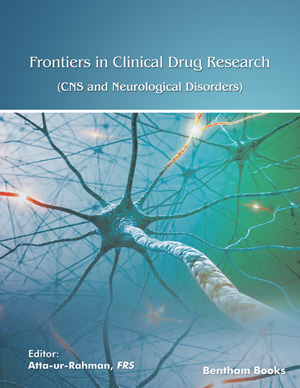Abstract
Chronic pain is a serious health problem that affects millions globally by
decreasing their quality of life, social activities, and hours of restful sleep. It usually
presents psychological comorbidities such as anxiety and depression, which persist in
many cases throughout life. Satisfactory treatment of chronic pain is unattainable for
the vast majority of patients and generally involves antidepressants and
anticonvulsants. Among the anticonvulsants, phenytoin has been used in pain
management since 1942, followed by the introduction of carbamazepine in the 1960s.
Gabapentinoids (i.e., gabapentin and pregabalin) have been extensively employed since
2002 in the treatment of several pain conditions and their comorbidities. Although
pregabalin seems to have a better pharmacokinetic profile, gabapentin shows a superior
therapeutic effect in some types of chronic pain. The analgesic potential of both is still
being evaluated in clinical trials due to the need to develop more effective and safer
medications for the interruption of treatment. The most common side effects are loss of
coordination and drowsiness. Furthermore, T-channel blocking anticonvulsants were
recently developed, but their efficacy seems to be inferior to gabapentinoids for chronic
pain management. In addition to new strategies, some studies have suggested that the
use of phenytoin in the treatment of trigeminal neuralgia should be reevaluated, as its
topical use has been shown to diminish polyneuropathy and sciatic pain. This chapter
will review the current application and efficacy of anticonvulsants in chronic pain
management and will address new applications and drugs in advanced stages of
development.







